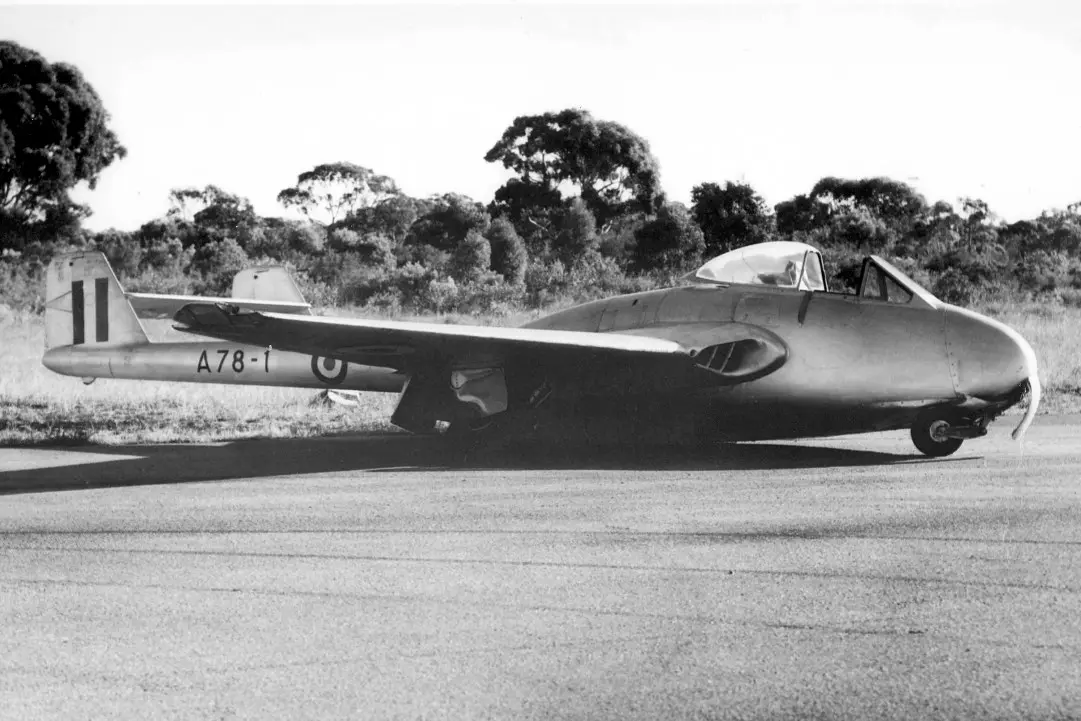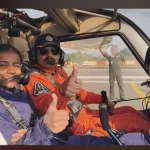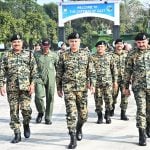India’s entry into the jet age began with the induction of the de Havilland Vampire, a British-designed jet fighter that became the first jet aircraft in Indian Air Force (IAF) history. Commissioned in 1948, just a year after independence, the Vampire marked a major milestone in India’s defence modernization and made the IAF the first air force in Asia to operate jet fighters.
Origins and Features of the de Havilland Vampire
Developed by the de Havilland Aircraft Company in the UK, the Vampire was first flown in 1943 and later produced under license by Hindustan Aeronautics Limited (HAL) in India. Its distinctive design featured a twin-boom tail, a central fuselage nacelle, and a single Goblin turbojet engine. Though lacking advanced avionics like radar, its simple, rugged construction, compact size, and powerful armament of four 20 mm Hispano cannons made it highly effective for its time.

Service in the Indian Air Force
The IAF inducted the Vampire F.3 in 1948, transitioning from piston-engine aircraft like the Spitfire and Tempest. Over the years, the IAF deployed several Vampire variants, including:
- F.3 (day fighter): 1948–1955
- FB.52 (fighter-bomber): 1950–1974
- NF.10 & NF.54 (night fighters): 1953–1966
- PR.55 (reconnaissance): 1954–1965
Each variant contributed to diverse operational roles from ground attacks to night operations and aerial reconnaissance.
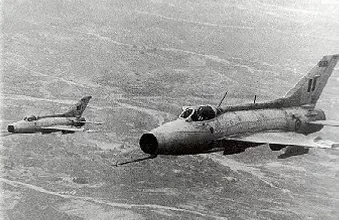
Combat Role in the 1965 Indo-Pak War
The Vampire’s most notable combat appearance was during the 1965 Indo-Pakistani War. On September 1, 1965, Pakistan launched Operation Grand Slam in the Chamb sector of Jammu and Kashmir. In response, Vampires from No. 45 Squadron were deployed in ground attack roles to halt Pakistani armoured advances.
Despite their outdated design, the Vampires were successful in damaging enemy tanks and positions. However, they encountered fierce resistance from the more advanced F-86 Sabres of the Pakistan Air Force. In the intense aerial engagement, the IAF lost four Vampire aircraft, leading to their withdrawal from frontline duties.

Replaced by Supersonic Fighters
The limitations of the Vampire became apparent by the mid-1960s. India began phasing out the aircraft in favor of newer and faster jets:
- MiG-21: India’s first supersonic fighter, acquired from the Soviet Union
- HAL HF-24 Marut: India’s first indigenously designed jet fighter, developed with German help under engineer Kurt Tank
While the Marut focused on ground attack missions, especially in the 1971 war, the MiG-21 transformed India’s air superiority capabilities.
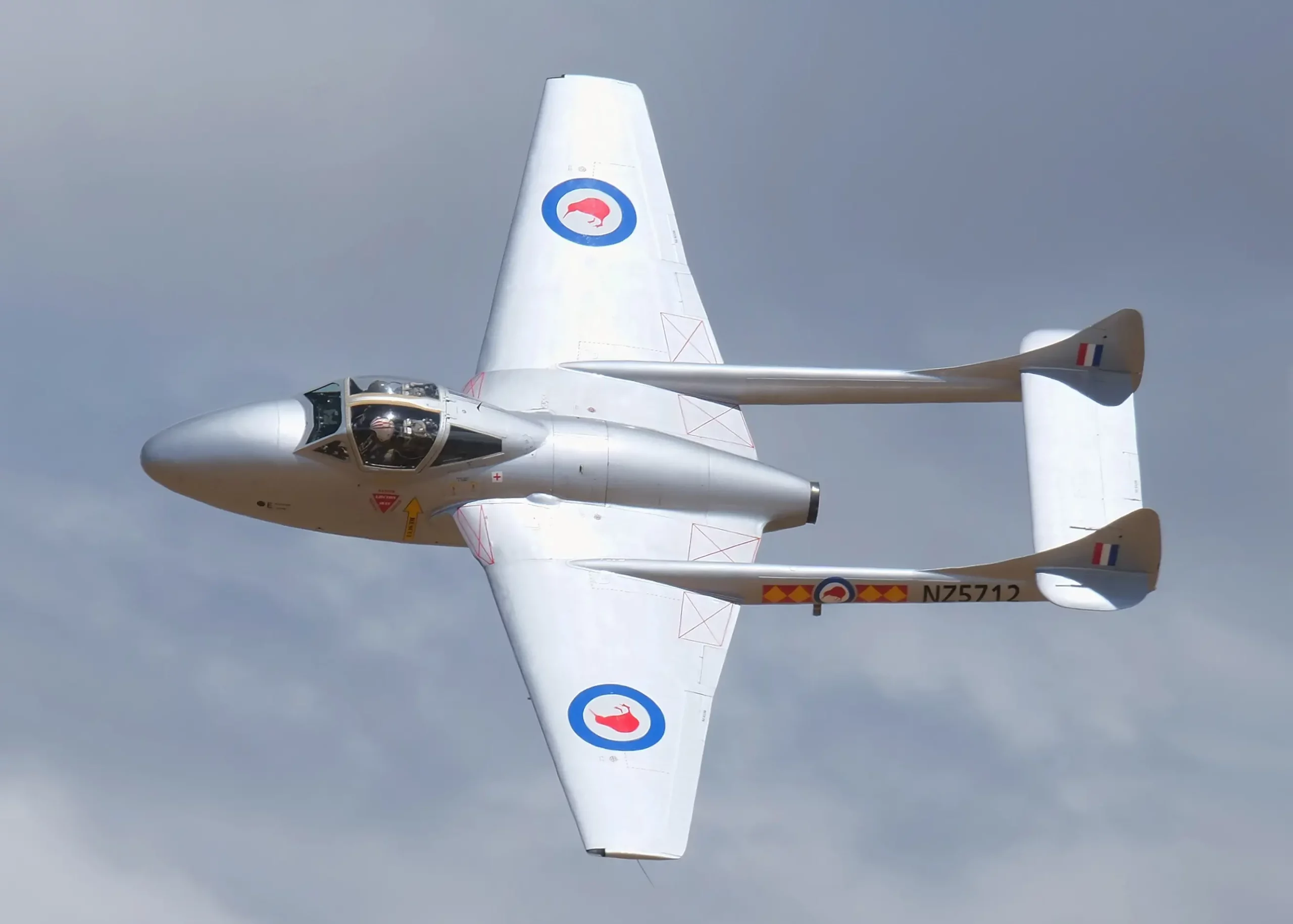
Enduring Legacy of the Vampire
Though retired by the mid-1970s, the de Havilland Vampire holds a place of pride in India’s military aviation history. It introduced jet propulsion, offered combat experience in new warfighting domains, and laid the foundation for indigenous aerospace efforts.
The Vampire’s role in the 1965 war and its long service life across various roles highlight its adaptability and significance in India’s transition from colonial-era aircraft to modern air power.

Conclusion
India’s first fighter jet, the de Havilland Vampire, was more than a technological leap—it was a bold assertion of India’s defence ambition in a newly independent nation. From its pioneering service to its brave deployment in the 1965 Indo-Pak war, the Vampire remains a landmark in Indian Air Force history, bridging the era of propeller-driven aircraft with the dawn of supersonic flight.

